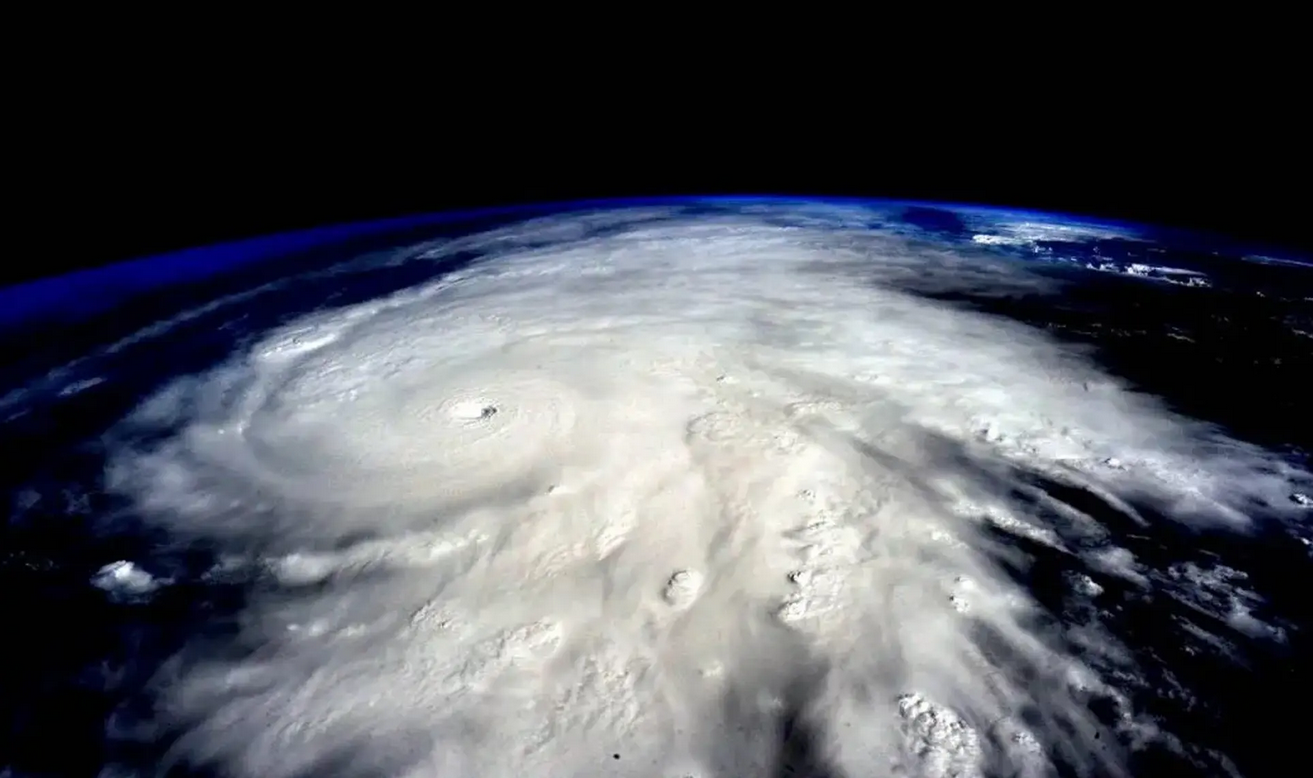Climate change looks set to trigger stronger storms more often, and the threat may not be properly communicated to people in the line of fire. Now, scientists at Lawrence Berkeley National Laboratory suggest there’s room for a Category 6 on the scale – with five storms in the past decade already reaching that strength.
Currently, the National Hurricane Center uses a measure called the Saffir-Simpson Windscale to classify the intensity of hurricanes in the Western Hemisphere and alert people in the area to take appropriate precautions. It’s based on the maximum wind speeds in the storm averaged over a minute – it starts at 74 mph (119 km/h) for a Category 1 hurricane, and goes through different thresholds all the way up to Category 5, which is everything over 157 mph (252 km/h). But because the destructive power of wind increases exponentially, and with hurricane strength growing in recent years, scientists at Berkeley Lab and the First Street Foundation weren’t sure if that scale told the full story.
What caused the War of the Titans in Greek mythology? (video)
“Our motivation is to reconsider how the open-endedness of the Saffir-Simpson Scale can lead to underestimation of risk, and, in particular, how this underestimation becomes increasingly problematic in a warming world,” said Michael Wehner, first author of the study.
Continue here: New Atlas
Ask me anything
Explore related questions





